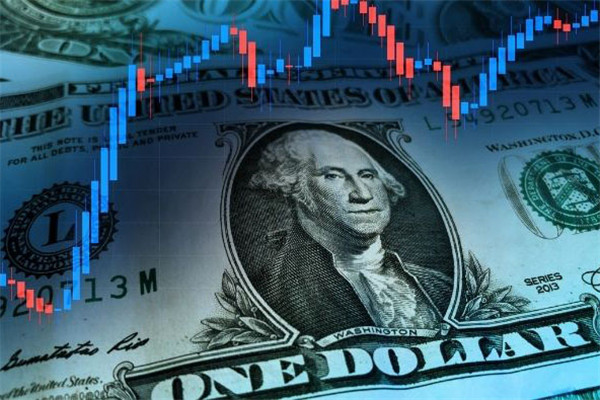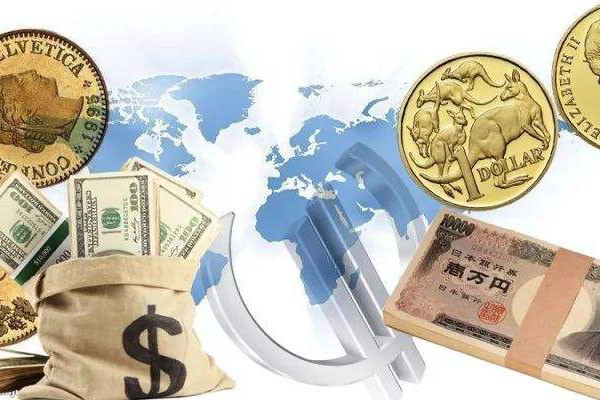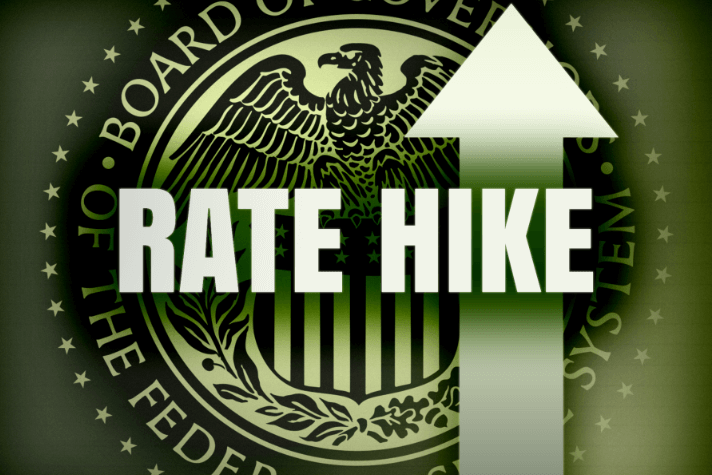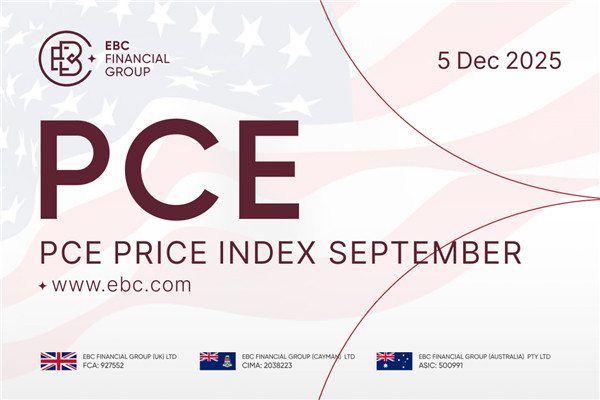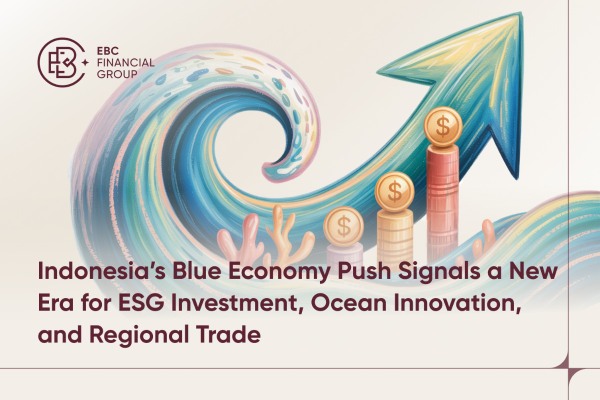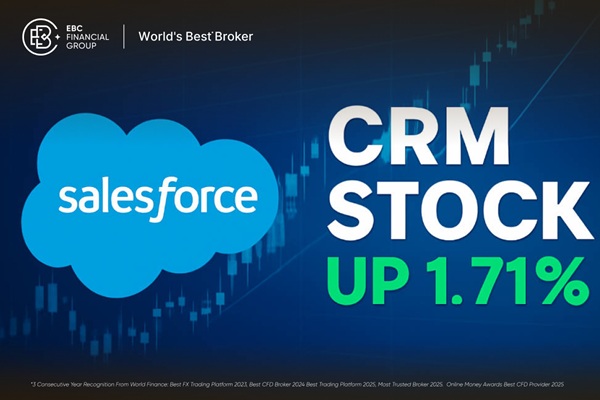The forex futures market is a pivotal financial hub, essential for managing currency risk and investment portfolios effectively. Its primary functions include facilitating trading in forex and commodity futures, providing vital tools for price discovery and risk management tools, and fostering international trade and investment. Additionally, it offer hedging and arbitrage opportunities for businesses and individuals, while also serving as a crucial support mechanism for governmental monetary policies. In essence, the forex futures market plays a vital role in the global economy by offering diverse functions and services to participants across various sectors.
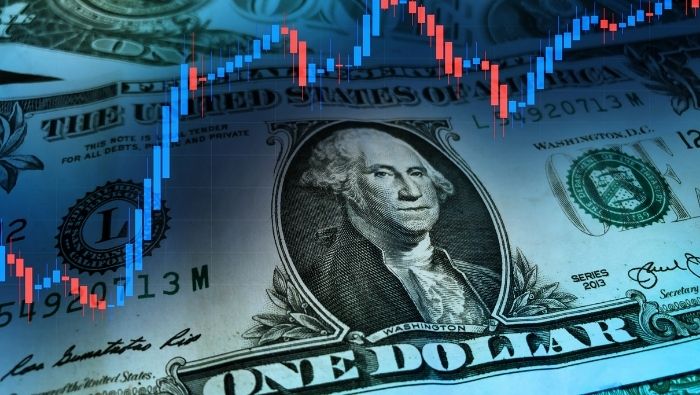
The forex futures market refers to the futures trading market with forex as the subject matter, and its functions mainly include the following aspects:
1. Forex Hedging
The hedging function of the forex futures market is its most important function. To achieve this function, we can reduce or eliminate the risks in the future spot market by taking forex futures transactions that are opposite to the direction of spot positions. There are two ways of hedging, namely short hedging and long hedging.
2. Forex Speculation
Forex speculative trading in forex futures is a crucial aspect of the forex futures market. Speculative trading involves buying and selling forex futures contracts to profit from price changes while assuming associated risks. Speculators base their actions on predictions of future forex futures prices. If their predictions are accurate, they can close their positions profitably at a predetermined price, capturing the bid-ask spread as profit. Conversely, incorrect predictions result in losses as they incur the bid-ask spread.
3. Risk Management
The forex futures market can provide enterprises and investors with an effective risk management tool. Through the purchase and sale of futures contracts, the future forex risk can be locked in, and the forex risk of enterprises and investors can be reduced.
4. Liquidity Provision
The active trading in the forex futures market provides sufficient liquidity, allowing traders to buy and sell futures contracts at any time to meet their trading needs.
5. International Trade
The forex futures market is also an important part of international trade. Through the purchase and sale of futures contracts, it can provide enterprises with an effective forex risk management tool to promote the development of international trade.
